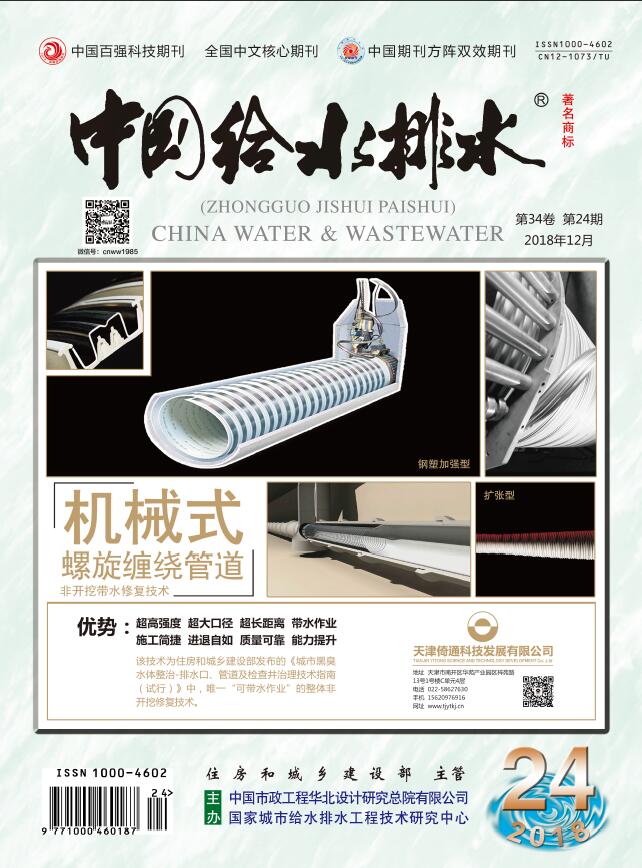WUYu-liang,HOUMing-xiu,CHENYu-liang,et al.Treatment Efficiency for Domestic Sewage with Low Carbon to Nitrogen Ratio Using Micro-expanded Activated Sludge Process[J].China Water & Wastewater,2025,41(9):73-80.
Treatment Efficiency for Domestic Sewage with Low Carbon to Nitrogen Ratio Using Micro-expanded Activated Sludge Process
China Water & Wastewater[ISSN:1000-4062/CN:12-1073/TU]
volume:
第41卷
Number:
第9期
Page:
73-80
Column:
Date of publication:
2025-05-01
- Keywords:
- micro-expanded activated sludge; sewage with low carbon to nitrogen ratio; sequencing batch reactor; filamentous bacteria
- Abstract:
- A sequencing batch reactor (SBR) was employed to implement the micro?expanded activated sludge process for the treatment of domestic sewage with low carbon to nitrogen ratio (C/N). The impact of reduced C/N ratios on the characteristics of micro-expanded activated sludge, pollutants removal efficiency, and microbial community composition was investigated. The C/N ratios of the sewage were established at 6, 3 and 1. The average SV and SVI values of the sludge reached their peak when the C/N ratio was 3, with respective values of 47% and 255 mL/g. Reducing the C/N ratio had a minimal impact on COD removal efficiency. The average COD removal efficiencies at the three different C/N ratios were 94.6%, 89.1%, and 86.5%, respectively. The reduction in C/N ratio did not influence NH4+-N removal efficiency, which consistently achieved a removal efficiency exceeding 99%. As the C/N ratio decreased, the TN removal efficiency dropped from 65% to 45%, and the TP removal efficiency declined from 50% to 34%. Significant variations were observed in the composition of microbial communities under different C/N ratios. Notably, the relative abundance of Thiothrix (Thiobacillus) peaked at 32% when the C/N ratio was 3. In a single operational cycle (8 hours), the removal efficiencies of pollutants such as COD, NH4+-N, TN, and TP could achieve an optimal level within approximately 4 hours. Prolonging the cyclic time beyond this point had minimal impact on further improving the removal efficiency.
Last Update:
2025-05-01

